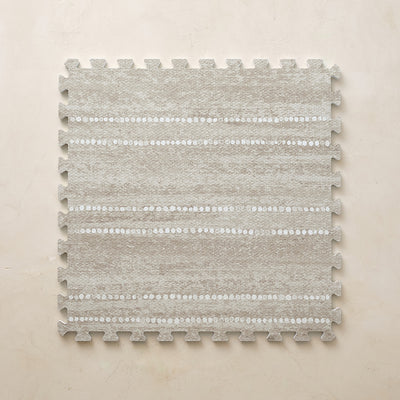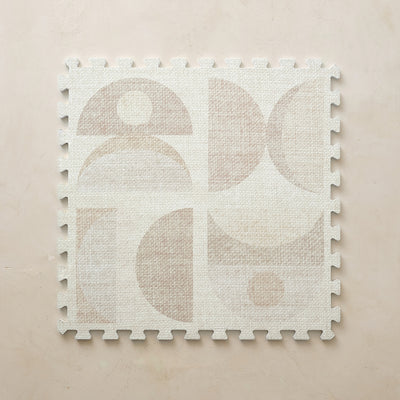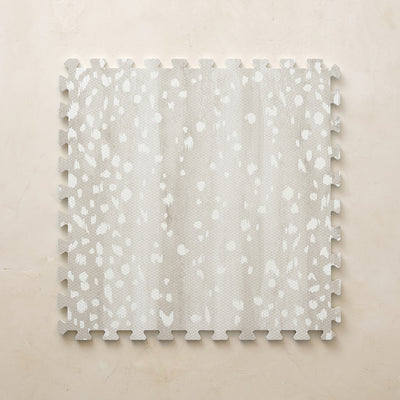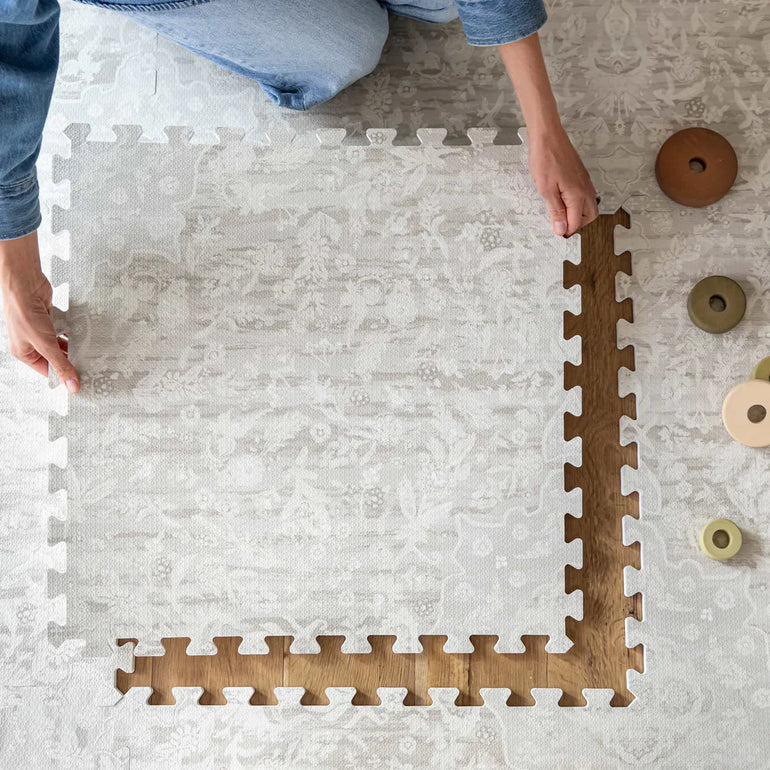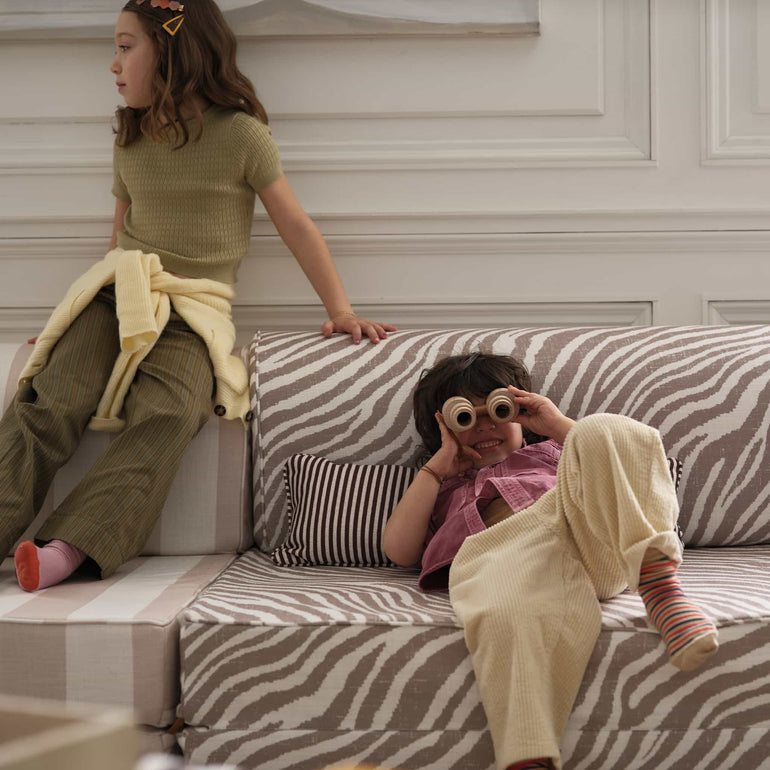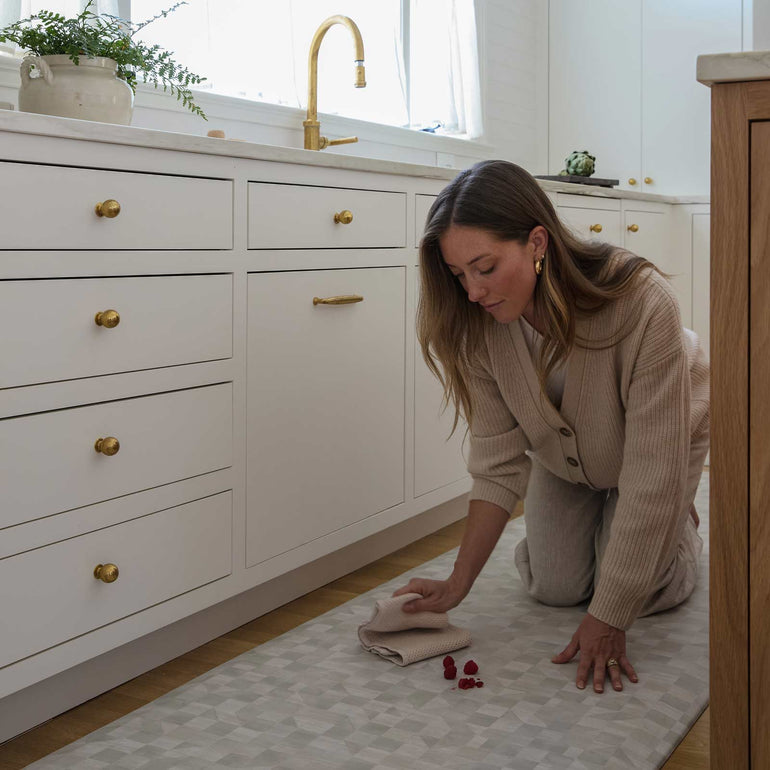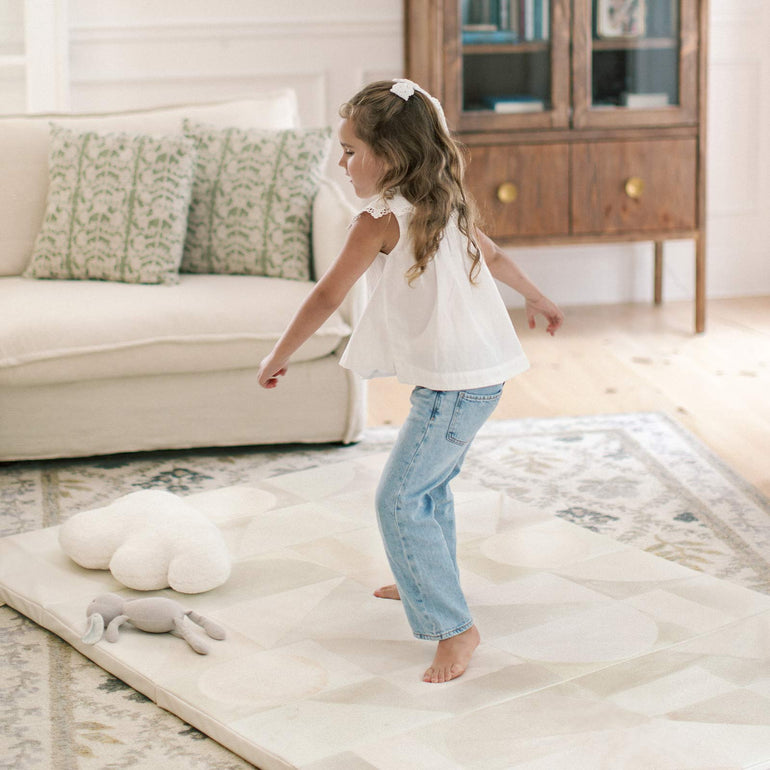
Creating a shared bedroom that supports rest and play is no small task. When siblings share a space, you're designing not just for function, but for personalities, routines, and developmental needs. A well-chosen tumbling mat for home can become the flexible foundation of this kind of environment, adding safety, structure, and style to a room that works harder than most.
Whether you’re working with a small footprint or simply want to support more independence in your kids’ daily routines, here’s how to use tumbling mats to define zones, spark creativity, and simplify transitions in any shared sibling room.
Why Shared Sibling Rooms Need Smart Zones
Designing a shared room that works comes down to intentional zoning. Children, especially those at different skill levels or ages, need defined areas for shared experiences and personal space. Add to that differing sleep schedules, noise tolerances, or interests, and the need for flexibility becomes clear.
Smart zoning turns one room into a multi-use space where siblings can move, rest, play, and recharge. Creating dedicated spaces supports smoother transitions and fewer conflicts, whether it’s a corner for reading, a central gym mat area for cartwheels, or a cozy nook for quiet time.
A tumbling mat for kids is an easy first step toward establishing those zones, without permanent furniture or remodeling.
Folding Tumbling Mats: The Ultimate Space-Saver
A folding tumbling mat is ideal for shared spaces where every square foot counts. It’s soft and supportive like a gymnastic mat, but folds away easily for storage under a bed, behind a chair, or in a closet. That means you can reclaim the floor when it’s time to clean up or transition to bedtime.
Unlike traditional gymnastics equipment or rigid foam blocks, a folding mat adapts throughout the day. It’s a place for morning stretches, afternoon fort-building, and bedtime wind-downs. Its versatility makes it one of the most functional tools in a shared sibling room.
Explore House of Noa's space-saving tumbling mats to see patterns and sizes designed for real homes.
Creating Active Play Zones with Tumbling Mats
Siblings need room to move, and an active play zone can absorb much energy that might otherwise build up indoors. A tumbling mat for kids can double as an indoor obstacle course, crash pad, or pretend stage.
Set it up in the center of the room or pair it with small-scale climbing tools, wall bars, or soft blocks to create a mini movement corner. This type of setup supports independent play while also encouraging shared imagination and collaboration.
For younger children or toddlers, think of the mat as introductory gymnastics equipment—supportive but forgiving as they develop balance, coordination, and confidence.
Transitioning from Playtime to Wind-Down Moments
After active play, kids often need a cue that it’s time to slow down. A tumbling mat can also become a dedicated wind-down zone by adding a few calming elements like a soft blanket, small floor pillow, or basket of books.
If your children nap, read, or decompress together, this mat becomes a soft foundation for quiet rituals. Choose neutral colors or muted patterns to visually distinguish this corner as a calm space, separate from toys or loud activities.
Having a clear physical signal for rest time is especially helpful in a shared room, where winding down can sometimes be harder to navigate with multiple children in one space.
Style and Safety: Why Non-Toxic Tumbling Mats Matter
Designing for kids shouldn’t mean sacrificing peace of mind. A nontoxic tumbling mat offers the comfort of knowing the materials under your children are safe and vetted. House of Noa’s mats are free of harmful chemicals like BPA, PVC, and phthalates, and are tested to meet rigorous US safety standards.

These mats also feature hand-illustrated covers that blend into your home easily, so you don’t have to choose between function and beauty. Safety should never look like a compromise.
Learn more about our product safety standards for products designed with your family’s well-being in mind.
Coordinating Tumbling Mats with Room Decor
A shared bedroom should still feel like home. Instead of designing around clutter or chaos, choose a tumbling mat that complements the space. With House of Noa’s hand-illustrated prints, these mats look like soft rugs rather than play gear, which helps maintain the room’s style.
Match your mat to wall colors, bedding, or accent textiles. In minimalist rooms, soft tonal mats can act as grounding elements. In playful spaces, patterns like Polka Dot or Checkered can add visual energy without overwhelming the space.
Want inspiration for styling zones by activity? Check out how to organize your playroom using furniture that flexes with your needs.
Best Layouts for Tumbling Mats in Shared Spaces
Not every shared room is built the same. Whether you have two twins, a bunk bed, or a nursery-turned-big-kid room, here are some layout ideas for maximizing function with a tumbling mat for home:
-
Under a bunk bed: Use a folded mat as a soft landing spot for climbing up and down, or an impromptu reading nook.
-
Room center: Place the mat between beds to create a shared play or movement space that both children can use equally.
-
In a corner: Pair the mat with a small bookshelf and pillows to create an individual zone for downtime.
-
Along one wall: Use the folded mat as a bench-style backrest or flip it open for active play.
In long or narrow rooms, a folding mat can be tucked vertically to conserve space when not in use, then rotated open as needed. For rooms shared by siblings of different ages, designate different zones based on how each child uses the mat.
If you’re building out an even more flexible setup, modular soft furniture can complement tumbling mats beautifully, supporting imaginative play, collaborative setups, and evolving needs over time.
Create Space for Movement, Rest, and Real Life
A shared sibling room is more than just a place to sleep. It’s a space for big feelings, everyday rituals, and playful growth. The key is choosing tools that flex as your family does, starting with smart, multi-use pieces like a tumbling mat for kids.
By defining active zones, layering in soft finishes, and choosing safe and easy-to-maintain materials, you’re not just designing a room. You’re supporting connection, creativity, and calm.
Let your layout work a little harder. Let your materials clean a little easier. And let your kids move, rest, and thrive in a space made just for them. It doesn’t take much to make a room feel intentional. Just thoughtful design and a few soft, foldable foundations.
